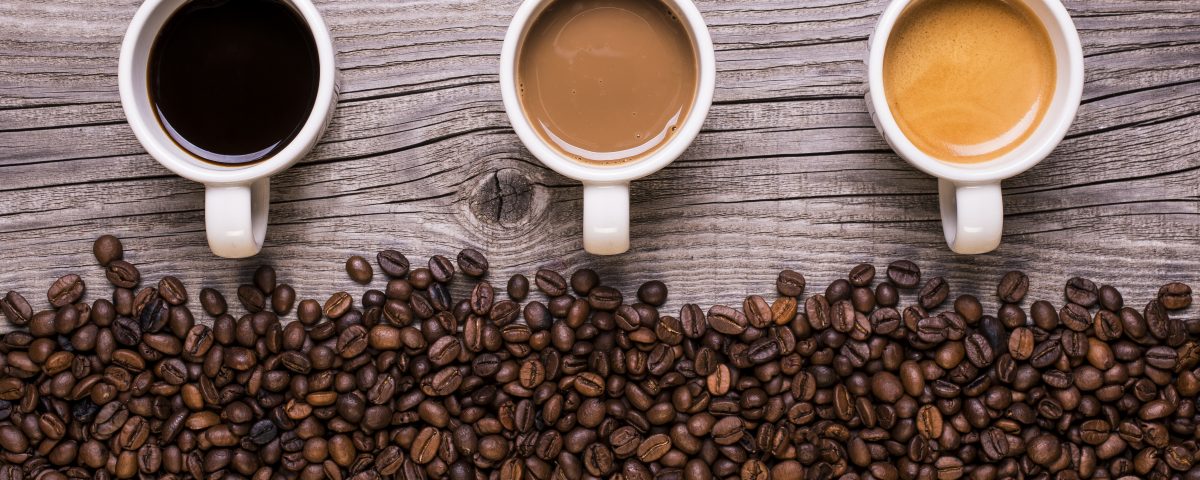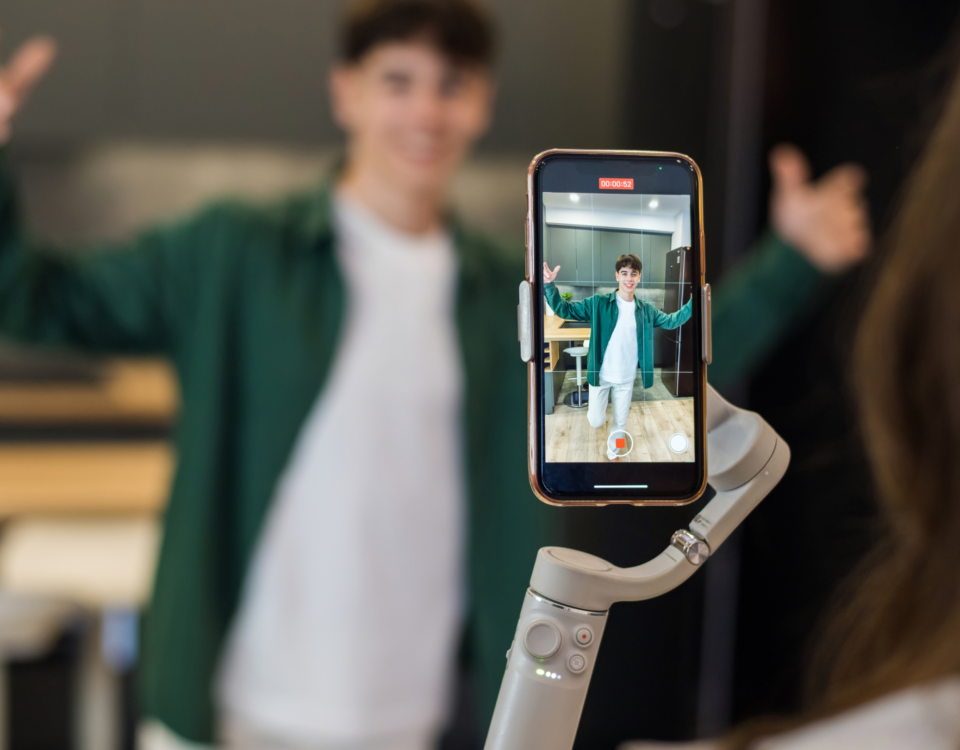
Intellicast S3E9 – Nielsen, Ipsos, CCPA, and the Bachelor
March 2, 2020
Intellicast S3E10 – Schlesinger, X4 and a Quirks Brooklyn Recap
March 9, 2020Believe it or not, coffee and online sample have a lot in common. I know it might not sound like it, but these two industries are more alike than you think.
Complementary Blending
Coffee blending entails many little details like roasting the beans to the preferred level, roasting at different temperatures or for different lengths of time, and combining or blending different beans to create a unique flavor profile that best matches the taste of the consumer. In the coffee world, blending usually means taking two or more coffee bean varieties from various origins or farms and blending them to make one drink. The coffees selected can even come from different countries! For instance, the Kairos blend from Pneuma is from Brazil, Sumatra, and Ethiopia. The coffee has a Brazilian base, beans from Sumatra for a dark body, and Ethiopian beans for a fruity punch.
In the sample world, the best way to blend sample is to strategically blend it where sample sources are combined in an intentional and controlled manner to deliver the most representative and accurate data. You want to have sample sources that complement each other (specifically attitudinally and behaviorally) to create the perfect blend of respondents that best meet the research needs of the client.
Blending Technique
It may seem like these coffee beans are thrown together in a random recipe, but there is a distinct methodology to blending coffee. Each coffee is different, sometimes even those from the same farm. Multiple coffees will even have different tasting notes or performances in a cup. The coffee roaster’s job is combining these to make one taste—a delicate mixture of art and science. It’s an art because coffee roasters are trying to achieve different goals within each coffee to make different tastes. However, it’s a science because roasters are mathematical about the ratios and know that the entire taste can be affected by the tiniest changes in temperature or grind. It’s important to customize the blend for the unique needs of coffee-drinkers.
Much like coffee roasting, when done correctly, sample blending is both an art and a science. Here at EMI, we use strategic sample blending to ensure that we are creating the optimal blend of sample sources that perfectly encompasses what each client is looking for. We also specifically select panels that complement each other while reducing risk and bias in your research. We’re the premier roasters of the sample world.
Customizing
Coffee roasters have the job of customizing the blend to their clients’ needs and working with various clients to customize exactly what’s right for them. This isn’t too far off from what we do here at EMI. Coffee roasters are adamant about finding and using the best beans and partnering with the best farmers; it’s the same for us. We work hard to find the best sample and create a unique, fully custom blend. In the same way that coffee roasters work to find the best blend for each client’s coffee tastes, we strategically blend the best sample to ensure the final product is exactly what you’re looking for.
Consistency
Coffee roasters try to replicate each unique offering so that a user can expect the same consistency each time they order a cup of coffee. While there can be challenges in executing this in terms of bean availability, seasonality, etc., it’s important to deliver the same product to its consumers.
Likewise, with strategic sample blending we are able to replicate blends for our clients. Even if a panel isn’t performing or something changes (acquisition, bankruptcy, etc.) we can replace it with a like panel with little to no impact to the consistency of the data. This is important because you want to know that any changes are due to outside forces, and not because of the sample plan.
Special thanks to DJ Pritchard of Pneuma Coffee in Cincinnati for all the details on coffee roasting!




